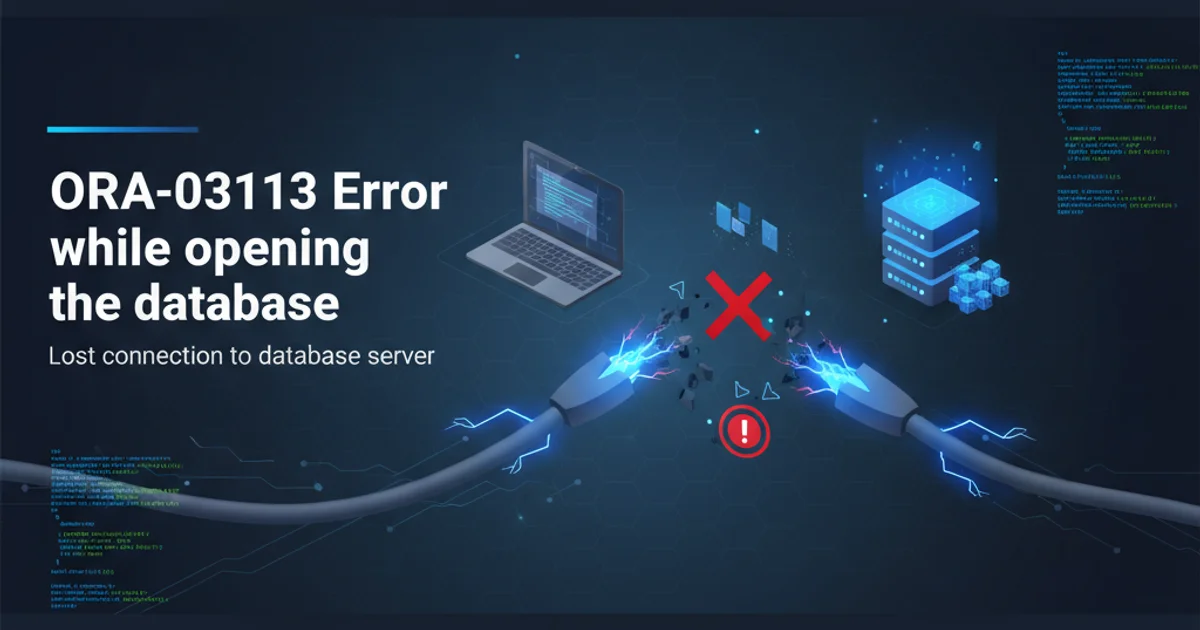How to round to 2 decimals with Python?
Categories:
Mastering Decimal Precision: Rounding Numbers to Two Decimal Places in Python

Learn various methods to effectively round numbers to two decimal places in Python, understanding their nuances and best use cases for financial calculations, data presentation, and more.
Rounding numbers is a fundamental operation in programming, especially when dealing with financial data, scientific measurements, or simply presenting data cleanly. In Python, there are several ways to round a floating-point number to a specific number of decimal places, with each method having its own characteristics regarding how it handles ties (e.g., numbers ending in .5). This article explores the most common and effective techniques for rounding to two decimal places, providing practical examples and insights into their behavior.
Understanding Python's Built-in round() Function
Python's round() function is the most straightforward way to round numbers. It takes two arguments: the number to be rounded and the number of decimal places. However, it's crucial to understand its behavior, especially concerning tie-breaking. By default, round() uses 'round half to even' (also known as 'bankers' rounding) for numbers exactly halfway between two integers. This means that .5 is rounded to the nearest even number. For example, round(2.5) is 2, and round(3.5) is 4.
num1 = 3.14159
num2 = 2.5
num3 = 3.5
num4 = 2.675
rounded_num1 = round(num1, 2)
rounded_num2 = round(num2)
rounded_num3 = round(num3)
rounded_num4 = round(num4, 2)
print(f"round(3.14159, 2): {rounded_num1}") # Output: 3.14
print(f"round(2.5): {rounded_num2}") # Output: 2
print(f"round(3.5): {rounded_num3}") # Output: 4
print(f"round(2.675, 2): {rounded_num4}") # Output: 2.68 (rounds to nearest even)
Examples demonstrating the round() function's behavior, including 'round half to even'.
round() can sometimes return a float that isn't exactly what you expect due to floating-point representation issues. For instance, round(2.675, 2) might sometimes yield 2.67 instead of 2.68 in certain Python versions or environments, although 2.68 is the expected 'round half to even' result. This is due to how floating-point numbers are stored internally.Using the Decimal Module for Precise Rounding
For applications requiring exact decimal arithmetic, such as financial calculations, Python's built-in float type can introduce precision errors. The decimal module provides a Decimal data type that supports arbitrary-precision decimal arithmetic, making it ideal for precise rounding. It offers various rounding modes, including ROUND_HALF_UP (standard rounding where .5 rounds up) and ROUND_HALF_EVEN.
from decimal import Decimal, ROUND_HALF_UP, getcontext
# Set the precision for the context (e.g., 10 significant digits)
getcontext().prec = 10
# Example 1: Standard rounding (ROUND_HALF_UP)
num_decimal1 = Decimal('3.14159')
rounded_decimal1 = num_decimal1.quantize(Decimal('0.00'), rounding=ROUND_HALF_UP)
print(f"Decimal('3.14159') rounded to 2 places (ROUND_HALF_UP): {rounded_decimal1}") # Output: 3.14
# Example 2: Rounding .5 up
num_decimal2 = Decimal('2.675')
rounded_decimal2 = num_decimal2.quantize(Decimal('0.00'), rounding=ROUND_HALF_UP)
print(f"Decimal('2.675') rounded to 2 places (ROUND_HALF_UP): {rounded_decimal2}") # Output: 2.68
# Example 3: Rounding with ROUND_HALF_EVEN (like built-in round())
num_decimal3 = Decimal('2.675')
rounded_decimal3_even = num_decimal3.quantize(Decimal('0.00'), rounding=ROUND_HALF_EVEN)
print(f"Decimal('2.675') rounded to 2 places (ROUND_HALF_EVEN): {rounded_decimal3_even}") # Output: 2.68
num_decimal4 = Decimal('2.685')
rounded_decimal4_even = num_decimal4.quantize(Decimal('0.00'), rounding=ROUND_HALF_EVEN)
print(f"Decimal('2.685') rounded to 2 places (ROUND_HALF_EVEN): {rounded_decimal4_even}") # Output: 2.68
Using the decimal module for precise rounding with different rounding modes.
decimal module, always pass numbers as strings to the Decimal() constructor (e.g., Decimal('0.1')) to avoid floating-point inaccuracies that can occur when converting a float literal (e.g., 0.1) to a Decimal.Formatting Output with f-strings or format()
If your primary goal is to display a number rounded to two decimal places rather than performing further calculations with the rounded value, f-strings (formatted string literals) or the str.format() method are excellent choices. These methods perform rounding for display purposes, but they do not change the underlying floating-point value. They typically use 'round half up' for tie-breaking.
value1 = 3.14159
value2 = 2.675
value3 = 2.685
# Using f-strings
formatted_value1_f = f"{value1:.2f}"
formatted_value2_f = f"{value2:.2f}"
formatted_value3_f = f"{value3:.2f}"
print(f"f-string (3.14159): {formatted_value1_f}") # Output: 3.14
print(f"f-string (2.675): {formatted_value2_f}") # Output: 2.68
print(f"f-string (2.685): {formatted_value3_f}") # Output: 2.69
# Using str.format()
formatted_value1_s = "{:.2f}".format(value1)
formatted_value2_s = "{:.2f}".format(value2)
formatted_value3_s = "{:.2f}".format(value3)
print(f"str.format() (3.14159): {formatted_value1_s}") # Output: 3.14
print(f"str.format() (2.675): {formatted_value2_s}") # Output: 2.68
print(f"str.format() (2.685): {formatted_value3_s}") # Output: 2.69
Rounding for display using f-strings and str.format().

Decision tree for choosing the right rounding method in Python.
Choosing the Right Method
The best method for rounding to two decimal places depends on your specific needs:
round()function: Suitable for general-purpose rounding where 'round half to even' is acceptable and minor floating-point inaccuracies are not critical.decimalmodule: Essential for financial applications or any scenario where absolute precision and control over rounding modes are paramount. It avoids floating-point issues.- f-strings /
str.format(): Ideal for formatting numbers for output or display, where the original number's precision doesn't need to be altered, and 'round half up' is the desired display behavior.